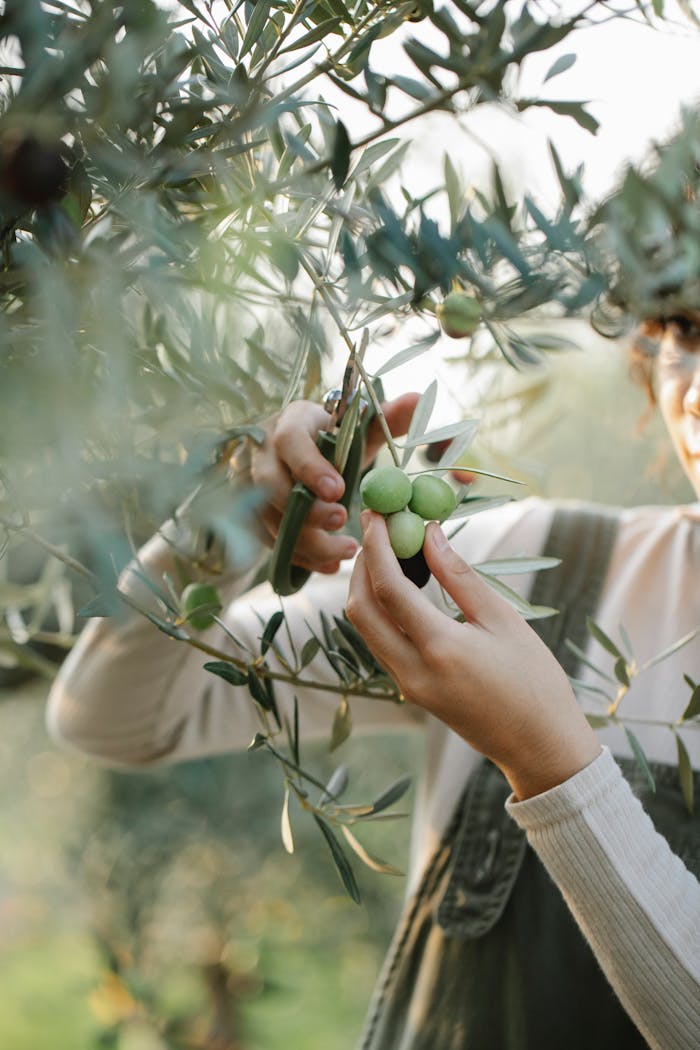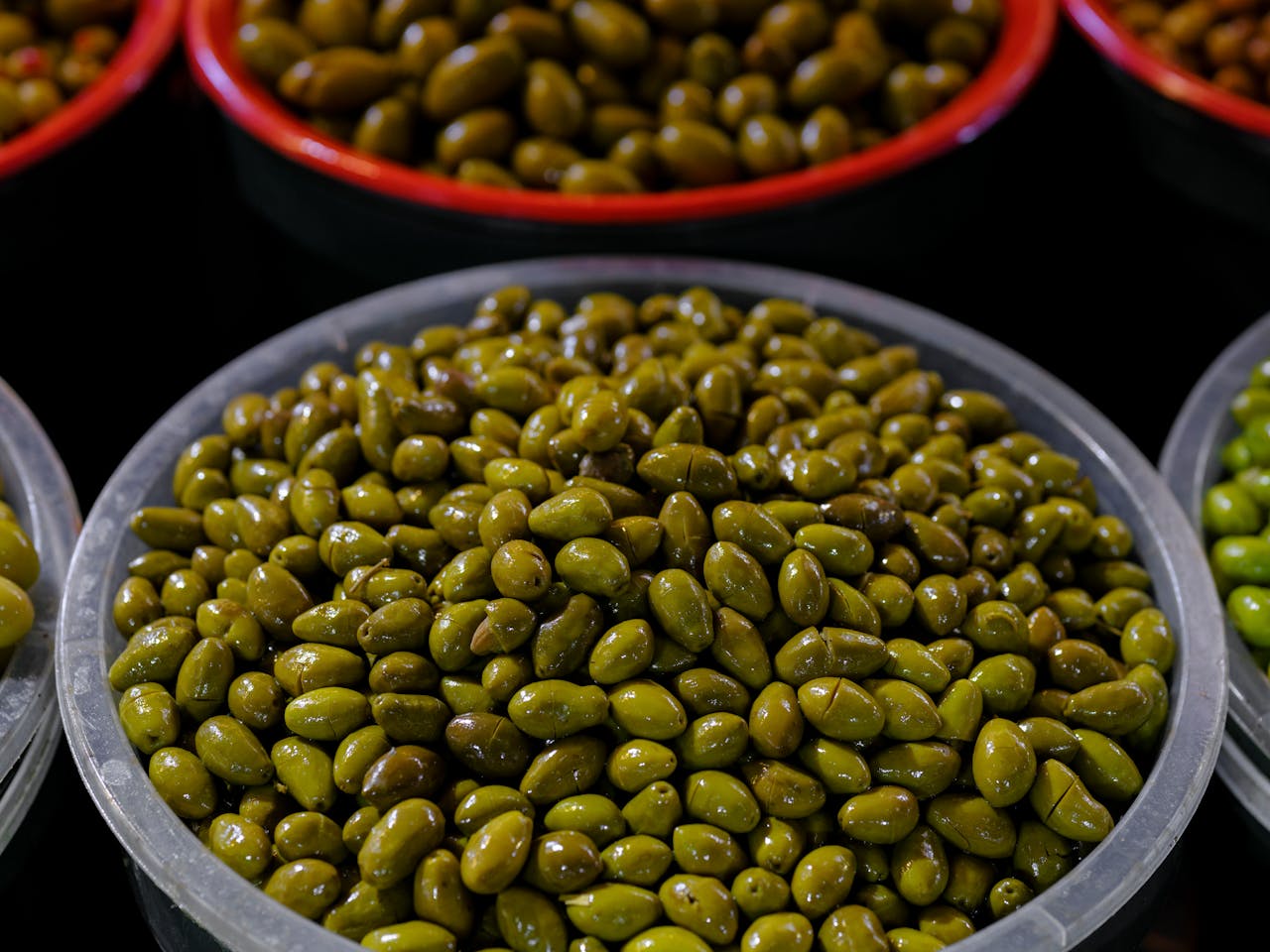As with everything around us, the world of olive oil has a number of unique features and characteristics that make it unique. Here is a list of fun facts and data that we found interesting, hopefully you will find it too
The olive tree
- Olive trees can live for up to 2000 years!!! It is believed that some trees in the Mediterranean region may be up to 3000 years old. That is quite a feat!
- There are over a 1,000 different varieties (called ‘cultivars’) of olive trees, each producing olives and oil with its own unique taste and flavour profile
- Olive trees are evergreen, i.e. they do not drop their leaves in winter
The olives
- In the northern emisphere, olive flowers are impollinated around the end of may/june, and the olives are ready to be harvested in October/November, depending upon the variety. So a bit like wine, there is only one production of oil per year
- The olives are produced exclusively on branches which are one year old. So the branches that produce this year will never produce olives again!
- The impollination of olive flowers is not carried out by bees and other insects like most other fruits, but mostly by wind (!)
- Each tree produces between 100,000 and 500,000 flowers every year (yes you read it right), and only 1-3% of them turn into actual olives. So from one tree you can expect, depending from its size, between 1,000 and 15,000 olives
- The fruits are initially green, and then turn purple/dark brown/black when mature. The moment they start to change colour is called ‘invaiatura’ (veraison), and signals that harvest time has come
- The less mature the olives are, the less quantity of oil they will contain, but richer in flavour and aroma. The more mature they are, the more oil you will obtain, but with a more bland taste and flavour
- You cannot eat olives straight out of the tree. They are incredibly bitter and tangy. In order to be served and eaten, they first need to go through a cure and fermentation process that removes the bitter compounds
The olive oil
- A single olive for olive oil production weighs on average only 2 – 3 grams.
- The amount of oil contained in an olive is between 10 and 20% of its weight, depending from the variety and the season. This means that on average you will need approx 2,000 olives to make one liter of oil
- It is imperative that the olives do not fall on the ground during the harvest, or the quality of the oil will be greatly compromised. To avoid that, nets are places under the trees when collecting the olives. These then need to be taken to the mill within 24, maximum 48 hours, to prevent fermentation and degradation of the flavours
- In order to be called ‘Extra Virgin’ the oil needs to be extracted from the olives exclusively with mechanical means (crushing, pressing, centrifuging), and must present a level of ‘acidity’ of less than 0.8%.
Olive oil production data
- In 2024, the biggest olive oil producing country was Spain, accounting for approx 35% of global production
- Italy is the second biggest producer, with approx 15%, followed by Turkey, Greece and Tunisia, each accounting for about 10% of global production
- Producer prices vary a lot by country, reflecting the quality of the oil and the different farming systems used, with Spain and Greece oil at roughly 5 Euro/l and Italy at 10 Euro/l
Summary
These are a few fun facts regarding the cultivation and production of olives for olive oil. We hope you found them interesting. Keep following us for more….


